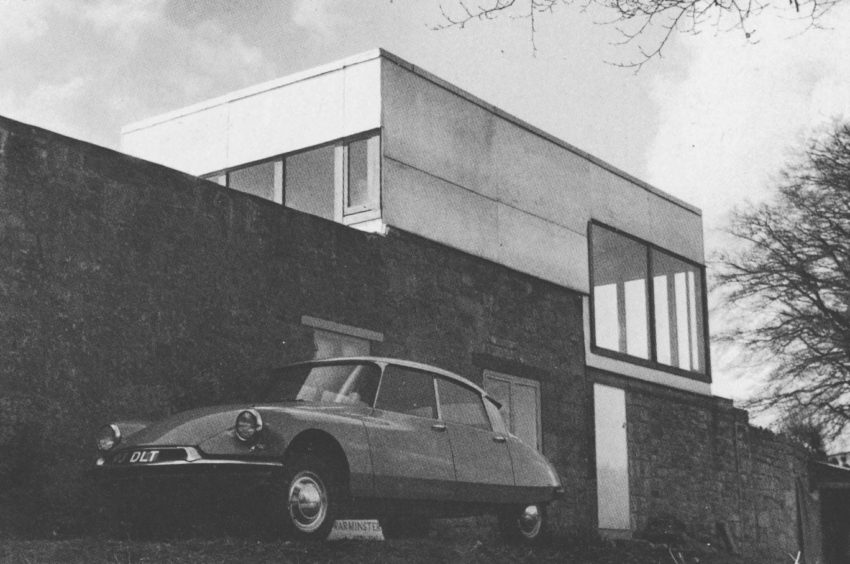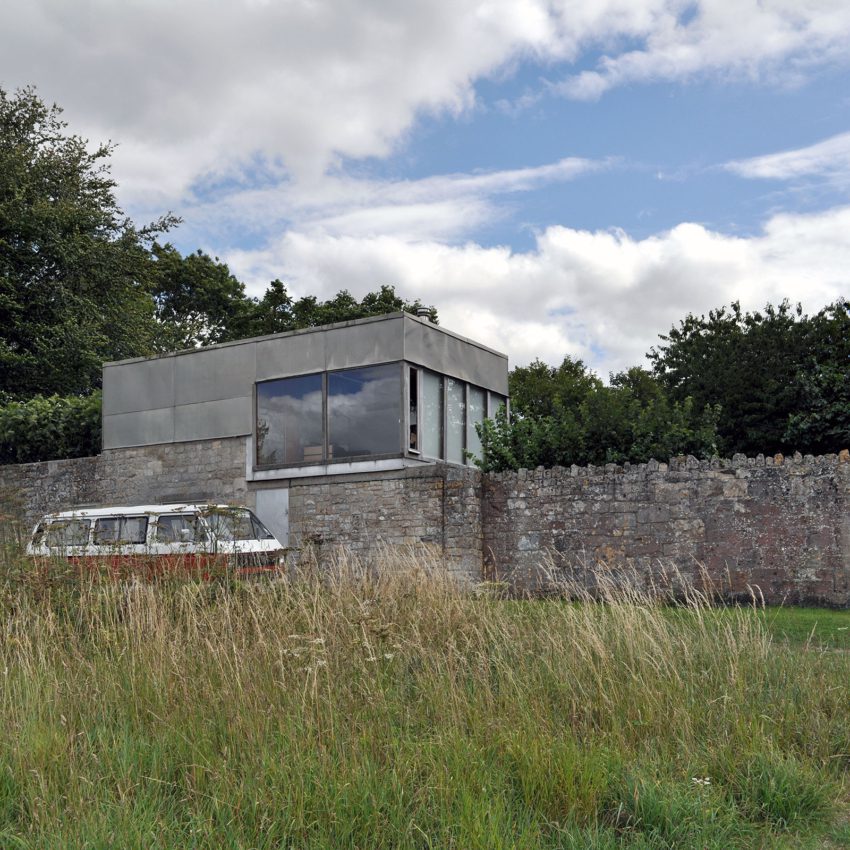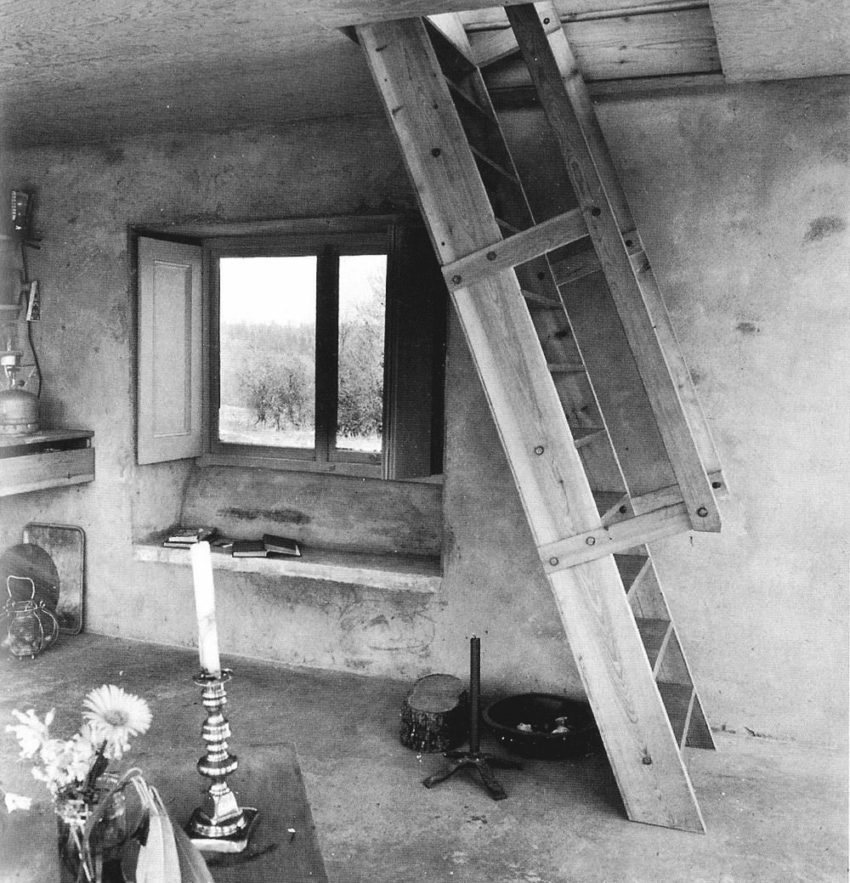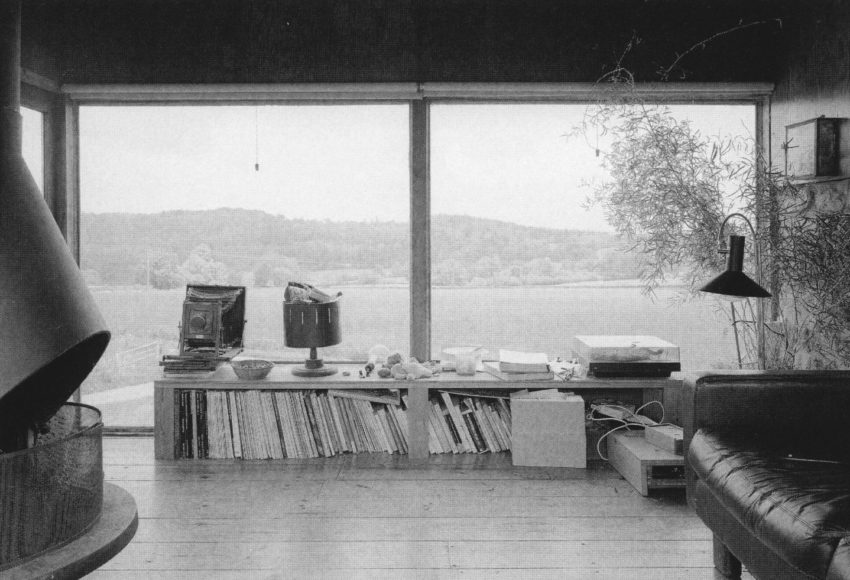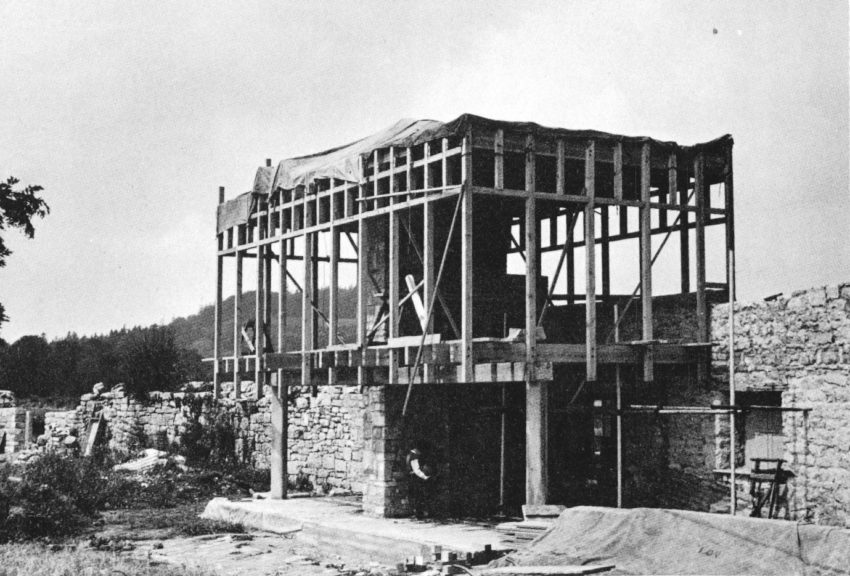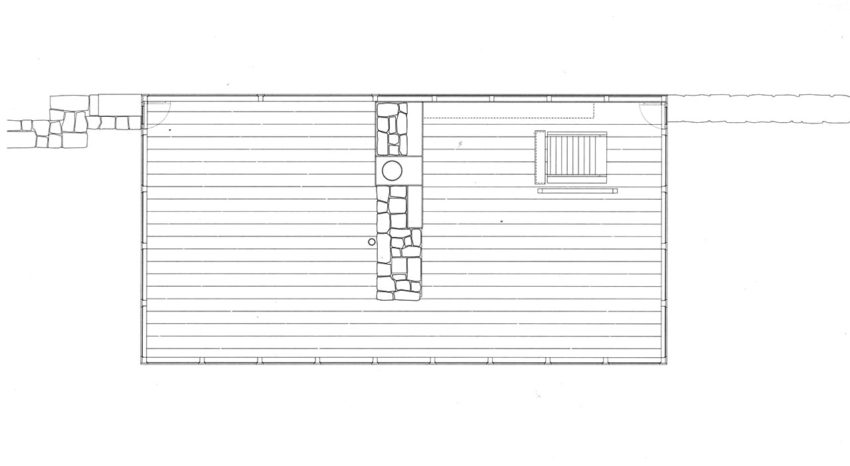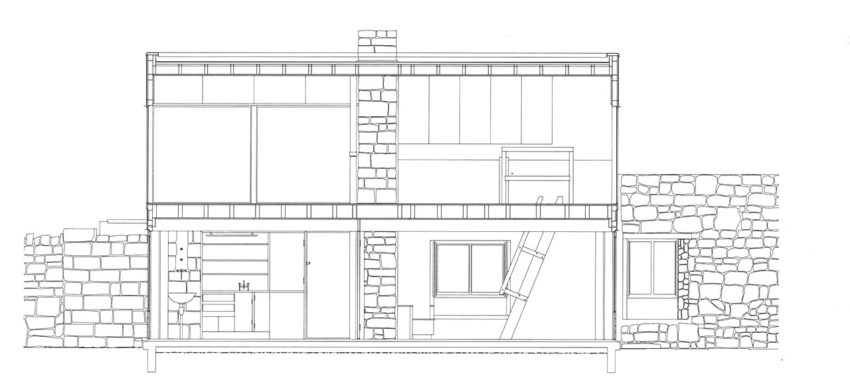In 1959, renowned architects Alison and Peter Smithson embarked on a transformative project, acquiring a portion of the historical Upper Lawn Farm to create the innovative Upper Lawn Solar Pavilion Folly. Initially envisioned as a summer house, this groundbreaking structure transcended its original purpose, evolving into a cherished second home for the Smithsons until they sold it in 1982. The Upper Lawn Solar Pavilion Folly is not just a testament to their architectural prowess but also a functional laboratory for pioneering research.
Within its walls, the Smithsons explored viable alternatives to traditional suburban homes, skillfully merging existing architectural structures with modern, prefabricated materials. The design showcased their commitment to integrating sustainability into architecture, harnessing solar energy in an attempt to foster a harmonious relationship with the natural environment. This research and the Pavilion’s resulting design significantly contributed to the discourse around sustainable residential architecture, underscoring the Smithsons’ influence and foresight in the field.
Upper Lawn Pavilion Technical Information
- Architects: Alison and Peter Smithson
- Location: Fonthill Estate, Wiltshire, South-West England
- Restoration (2003): Sergison Bates, Stephan Bates, and Jonathan Sergison
- Topics: Prefab House, Rural Houses
- Project Year: 1959-1962
- Photographs: © Seier+Seier, © Smithson Family Archive
Upper Lawn was located on what was originally William Beckford’s land, at a time when it could be seen as sheer folly to spend all we had on building something for ourselves: but the act was one of deliberate commitment: the siting was deliberate, for Beckford had built England’s greatest Folly.1
– Alison Smithson, 1986
Upper Lawn Pavilion Photographs
The Concept and Initiation of the Upper Lawn Pavilion
Between 1959 and 1962, the architects designed and built the low-cost pavilion on their property’s large walled yard. According to the original concept, the Upper Lawn Pavilion was intended to be no more than a primitive hut with minimal comfort where the couple could escape from their daily lives and enjoy outdoor activities.
The existing cottage was pulled down and replaced with a new and modest pavilion, answering their needs for a weekend home. Of the original front façade, only one of the old chimneys was left intact to function as the center of the new pavilion.
Exploring Innovative Materials and Construction Techniques
The earliest sketch by Alison Smithson for Upper Lawn dates from 1958, showing that the ideas were formed before the purchase of the property. The construction intended to act as both a home and a testing site for methods and materials that the Smithsons felt would not yet be accepted in London, such as pitch-fiber drain pipes or polyester water tanks.
It was also to test the performance of materials such as high-purity aluminum sheets, which, if successful, they would then begin to use in work for clients. They sought to create a ‘climate house’ through the construction materials used and testing what solar gain could be achieved in a building with glazed south, east, and west walls.
Architectural Details and Later Developments
The new pavilion was conceived as a simple box on top of the existing garden wall. It contains an empty and open living space, providing a fabulous, panoramic view of the surrounding land.
The areas facing the yard are fully glazed, and the ground floor can be fully opened to the exterior space through large sliding doors. The elevation on the street side combines the existing stone wall with the contemporary materials of the new construction.
The pavilion’s hybrid construction fits with the interventions made. The structure of the box on the wall consists of a wooden frame clad with zinc. On all sides, its posts function as casing for fitted windowpanes. The frame’s wooden beams are put in the existing outer wall and supported on the inside by a concrete beam poured in-situ and anchored in the existing chimney wall and, on both ends, by square columns placed at a 45-degree angle. This construction results in non-supporting ground-level façades, allowing for the teak sliding doors along the entire length of the garden façade.
The Smithsons sold the pavilion in 1982 but continued to consider it an essential chapter in their research and production. In 2002 the pavilion was renovated by architect Sergison Bates.
Upper Lawn Pavilion Plans
Upper Lawn Pavilion Image Gallery
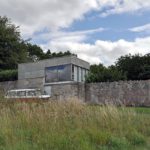

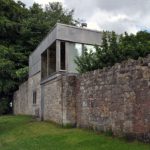
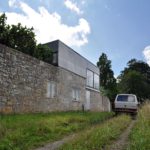


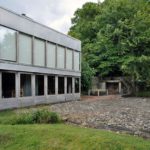






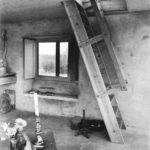
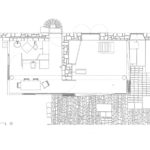
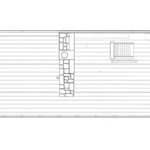
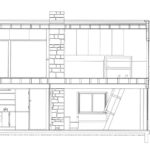

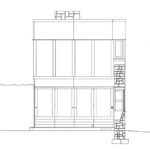
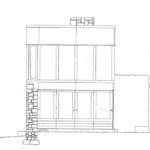
About Alison and Peter Smithson
Alison and Peter Smithson were members of a group of young architects in postwar Europe who reacted against the ideas and methods of the older generation leading the process of rebuilding after the war. This group emerged out of CIAM (Congrès Internationaux d’Architecture Moderne) in the early 1950s to form Team 10 and were searching for closer communication between form and social needs in architecture and urban design2.
For Alison and Peter Smithson, this corresponded to ideas they had been exploring since 1949 through their design for Hunstanton School in Norfolk; ideas of form, materials, and construction that became known as New Brutalism.
The Smithsons further developed their ideas from the 1950s into the 1960s through designs such as the proposals for the Golden Lane housing estate (1952), the Economist Building (1959–64), and the Robin Hood Gardens housing estate (1966–71).
Alongside their constructed buildings and unexecuted competition designs, the Smithsons’ theories were developed and disseminated through their extensive output of publications and teaching.
Their writings ensured that their influence would spread beyond built works and established the Smithsons as two of the most influential European architects of the second half of the twentieth century.
Works from Alison and Peter Smithson
- Alison Smithson, “In the Time of the Presentation of Upper Lawn Book: Barcelona,” unpublished lecture, December 1986, Smithson Family Collection
- Team 10 1953–1981: In Search of A Utopia of the Present, Rotterdam: NAI Publishers, 2005, Max Risselada and Dirk van den Heuvel editions
- Alison & Peter Smithson Works and Projects by Marco Vidotto

